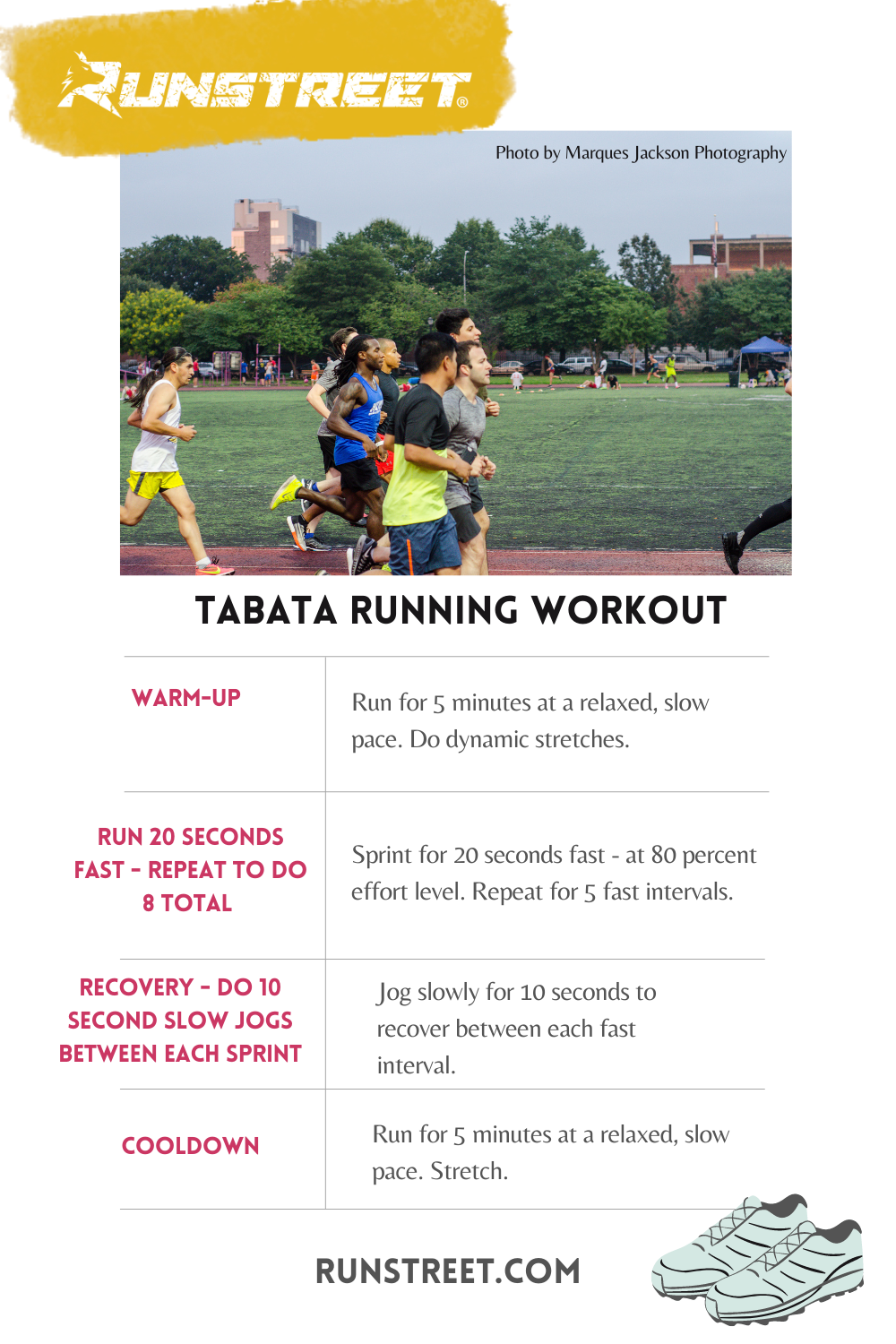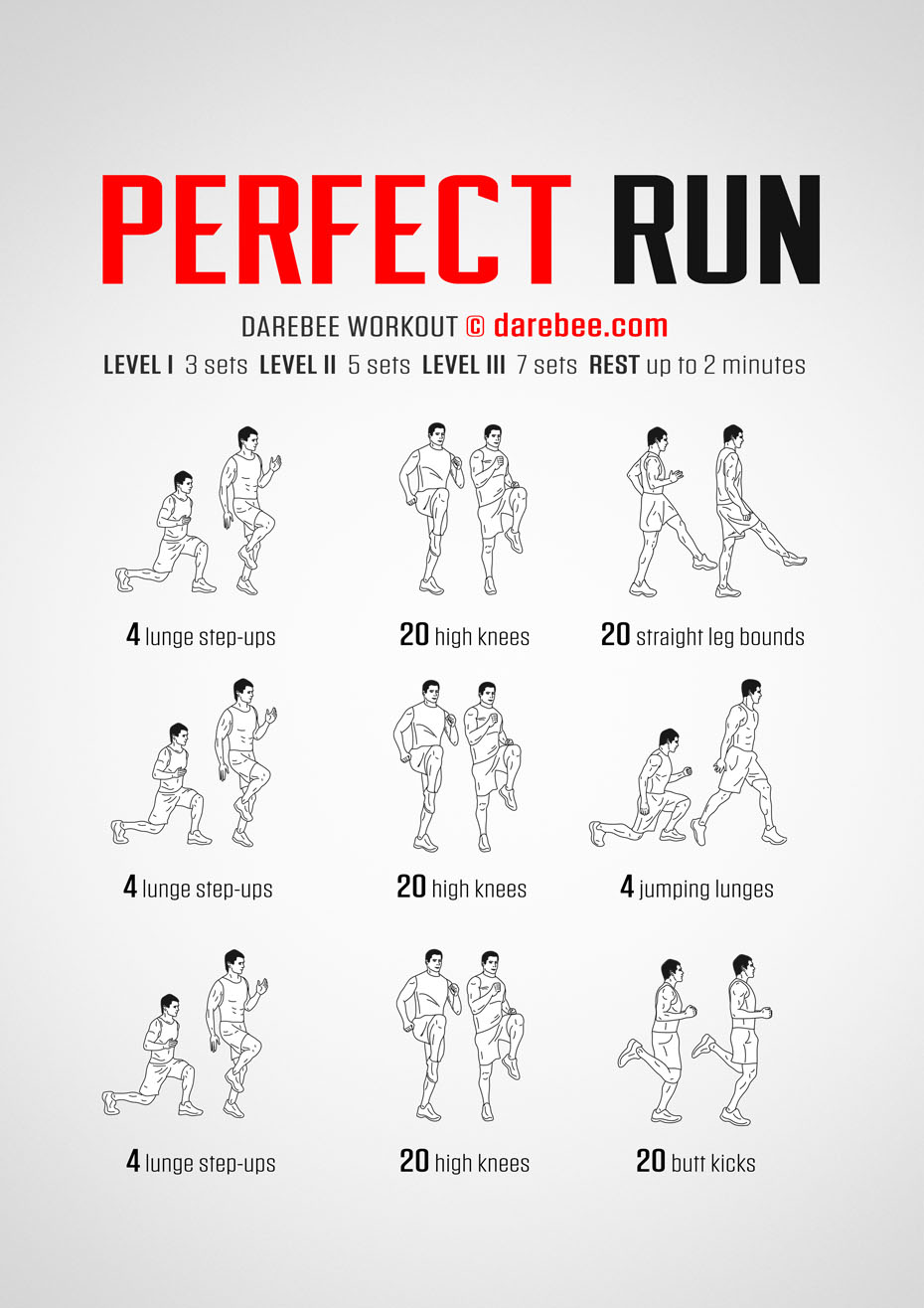Raise Your Running Strategy with Proven Techniques
Raise Your Running Strategy with Proven Techniques
Blog Article
How to stop and Manage Pain in Running: Professional Tips and Recommendations
As runners, we often discover ourselves captured between the euphoria of pressing our physical limits and the pain that can accompany it. The pursuit of that jogger's high can sometimes be impeded by the unwelcome buddy of pain. Whether you are a skilled marathoner or a novice hitting the pavement for the very first time, the irritating presence of discomfort and discomfort is a typical . Nevertheless, there exist proven strategies and skilled recommendations that can aid alleviate and handle these discomforts, permitting you to concentrate on the joy of running itself.
Importance of Correct Shoes
Correct shoes plays a crucial function in preventing and handling pain for joggers, as it significantly affects their comfort, efficiency, and general foot wellness. When it pertains to running, wearing the right footwear can make all the distinction. Ill-fitting or incorrect footwear can bring about a host of issues such as blisters, shin splints, plantar fasciitis, and even much more extreme injuries like tension fractures.
Choosing the appropriate running footwear includes considering variables such as foot type, stride technicians, running surface, and individual preferences. Joggers with high arches might need even more padding and assistance, while those with level feet may take advantage of stability shoes. In addition, understanding pronation (the inward rolling of the foot) and supination (the external rolling of the foot) can aid in selecting footwear that supply the best degree of arch support.
Buying top quality operating shoes that are appropriate for your individual requirements can help protect against pain and pain while boosting your running experience. Prioritizing appropriate shoes is not just about efficiency however likewise concerning safeguarding your foot health over time.

Effective Workout Techniques
Footwear choice is just one aspect of preparing for an effective run; another vital element is applying efficient workout methods to enhance performance and decrease the threat of injury. A dynamic warm-up routine before a run assists increase blood circulation to the muscular tissues, boosts adaptability, and enhances the series of activity of the joints. Dynamic extends like leg swings, high knees, and hip circles are advantageous in preparing the body for the physical needs of running. Gradually increasing the strength of the warm-up workouts can assist activate the muscular tissues and enhance neuromuscular sychronisation.
Along with dynamic stretches, integrating some light cardio workouts such as running or avoiding rope can additionally boost the heart rate and heat up the body. This mix of dynamic extending and light cardio aids loosen tight muscle mass, lube the joints, and mentally prepares the runner for the upcoming exercise (running strategy). By making workouts a constant component of your running routine, you can significantly minimize the threat of injuries and perform at your best during each run
Key Extending Workouts
When planning for a run, integrating crucial extending exercises is vital to enhance muscle versatility and avoid injuries - Read More. Dynamic stretches such as leg swings, high knees, and hip circles are useful for warming up the muscle mass and enhancing range of movement before a run. These movements help enhance blood flow, loosen limited muscular tissues, and prepare the body for the activity in advance
Fixed stretches like calf bone stretches, hamstring stretches, and quadriceps stretches need to adhere to a run to aid in muscular tissue recovery and protect against tightness. Holding each go for 15-30 seconds their explanation allows the muscles to kick back and elongate, reducing the risk of post-run discomfort and potential injuries.
Additionally, incorporating yoga poses like downward pet dog, pigeon position, and spinal twists can target numerous muscle mass teams at the same time, promoting overall versatility and toughness. Consistent stretching regimens not only improve efficiency but likewise assist in keeping good running form and protecting against overuse injuries. Remember, correct stretching methods are crucial for a safe and pleasurable running experience.
Recovery and Relax Approaches
After finishing a run, implementing reliable healing and rest techniques is essential for maximizing efficiency and reducing the risk of injuries. Additionally, incorporating rest days into your training schedule is essential to protect against overuse injuries and fatigue.
Energetic healing techniques such as gentle extending, foam rolling, and yoga can assist boost circulation, reduce muscle discomfort, and boost adaptability. It is additionally valuable to focus on hydration and nourishment post-run to renew electrolytes, glycogen stores, and advertise muscle recovery.
Cross-training activities like swimming or cycling can supply a break from the repeated influence of running while still maintaining cardio health and fitness - running workout. Listening to your body and identifying when it needs a break is essential to stop chronic injuries and making sure lasting running success. Remember, remainder is not an indicator of weak point yet an important part of a well-rounded training program
Cross-Training Perks

It enables you to function on various facets of health and fitness that may not be targeted entirely with running, leading to a much more well balanced and well-rounded athlete. In addition, cross-training can aid improve running performance by resolving muscle imbalances and weaknesses that may impede performance.
Verdict
In final thought, correct shoes, workout methods, stretching exercises, recuperation strategies, and cross-training are necessary parts in avoiding and taking care of pain in running. By including these practices into your regimen, you can reduce the threat of injury and pain while making the most of efficiency and enjoyment of the sport. Read More. Bear in mind to pay attention to your body, prioritize rest and recuperation, and look for expert assistance when required to make certain a safe and reliable running experience
Report this page